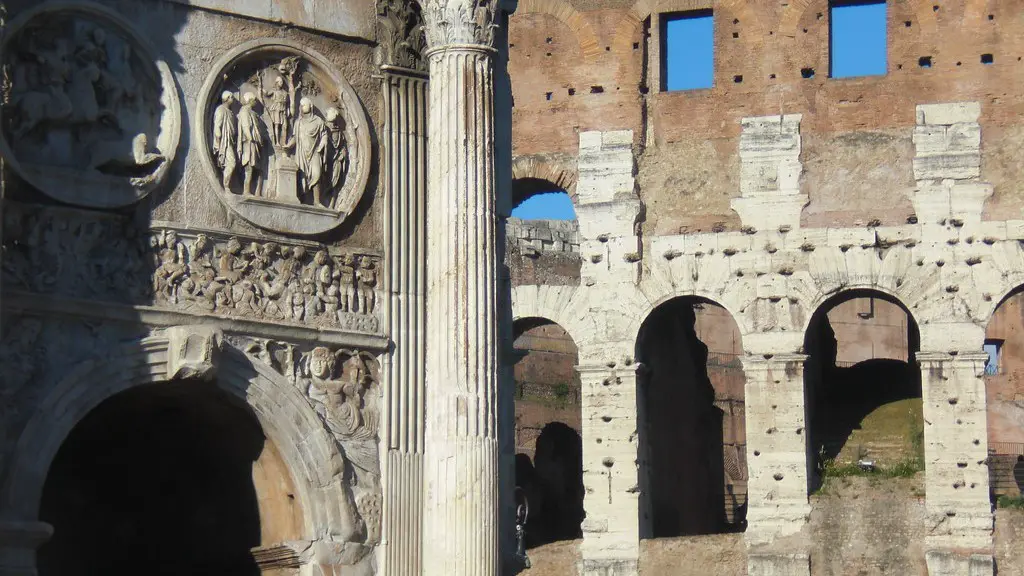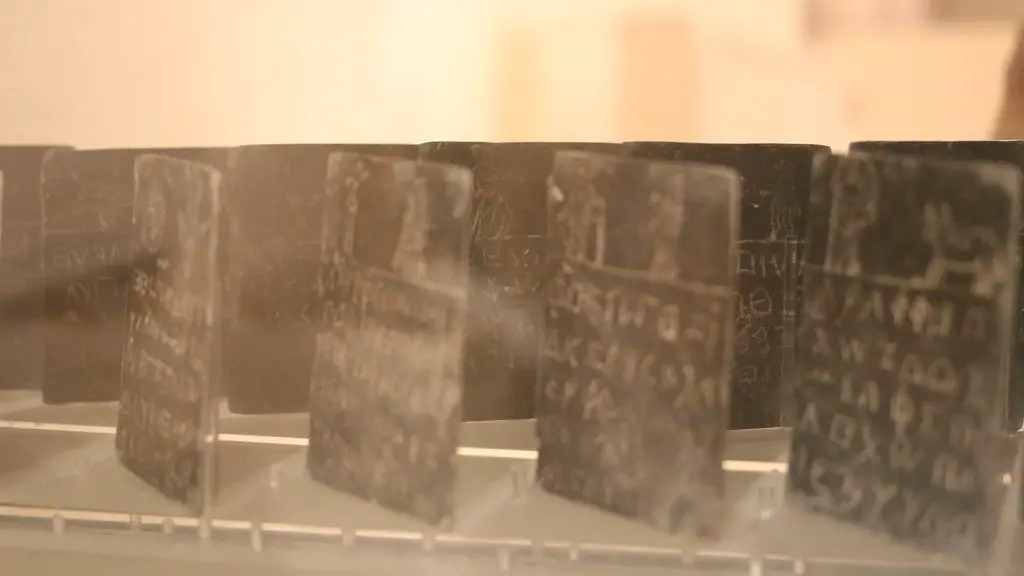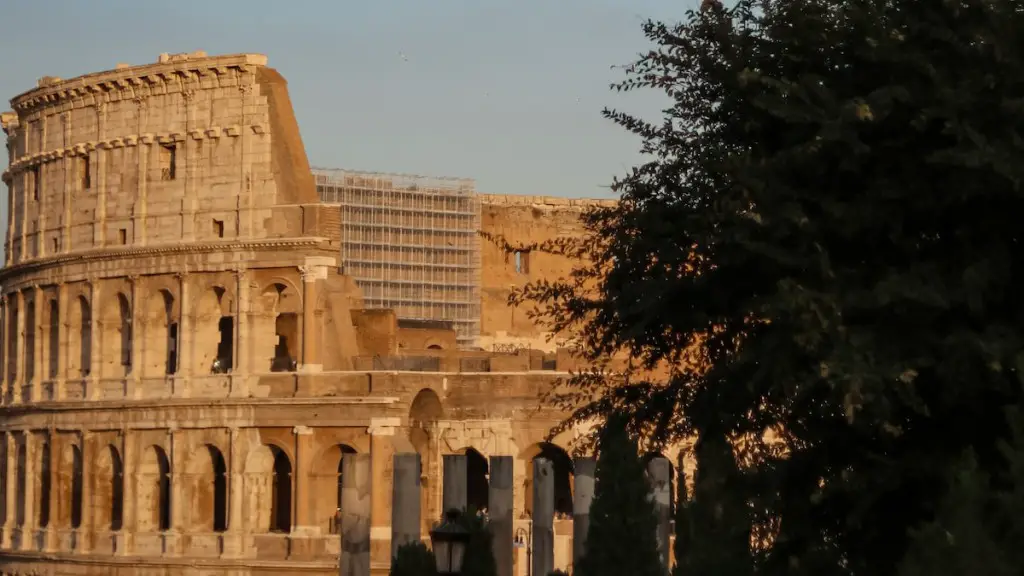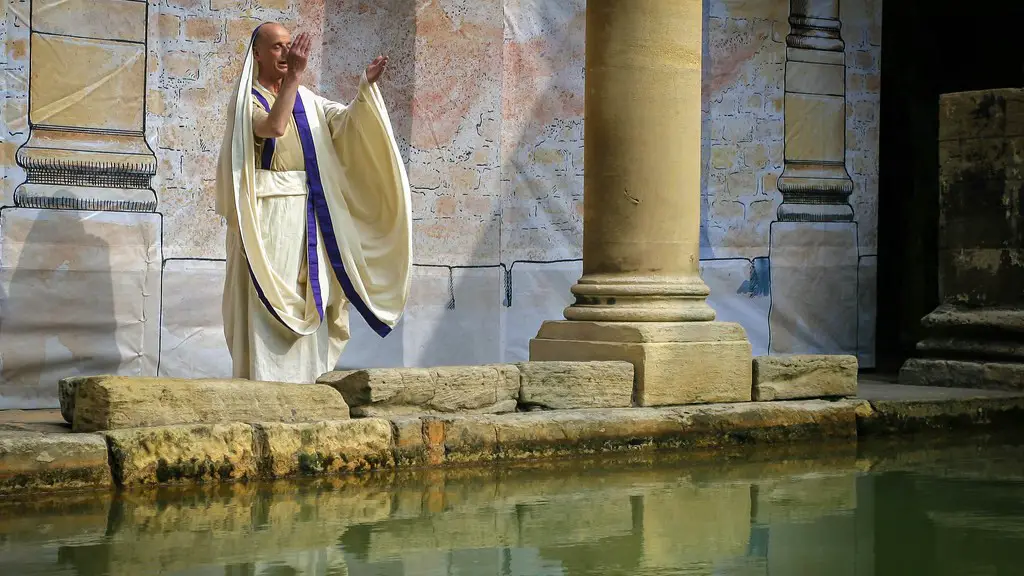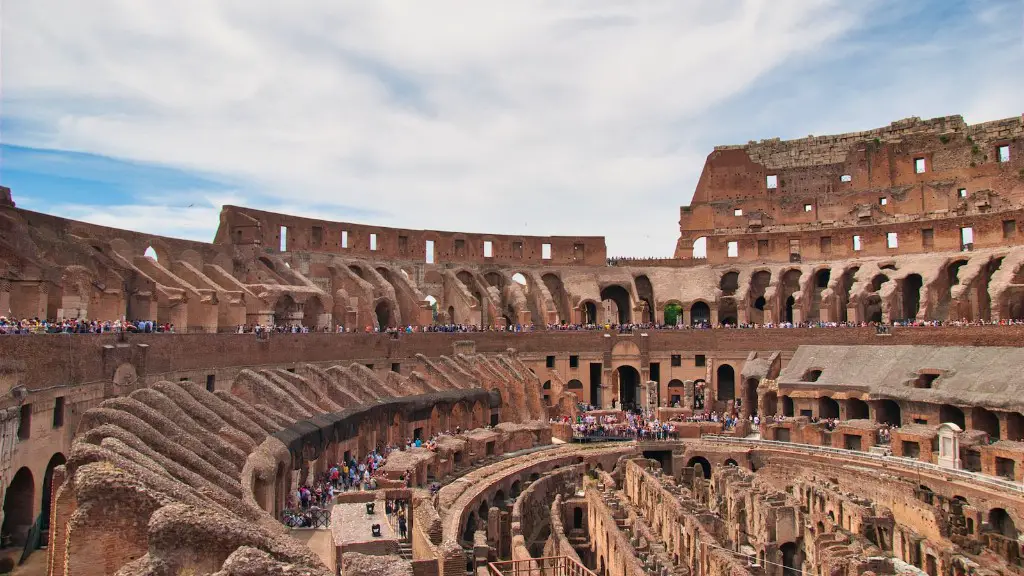History of Ancient Rome
Ancient Rome is an extremely influential civilization in world history. Its people, culture, and government have left a mark that can be felt through human history. The Republic of Rome went on to become the Roman Empire, and its reach far exceeded what it was initially intended to be. Ancient Rome and its legacy are ubiquitous in today’s society and culture.
Ancient Rome was founded in 753 BC on the Tiber River. The city is located in central Italy near the Mediterranean Sea. As Rome’s economy and population grew, so did its influence in the region, and eventually it became a major political force throughout the Mediterranean basin. Its military and political power also allowed it to expand its reach, and by the height of the Roman Empire, it was a world superpower.
Ancient Rome was a Republic, a form of government that allowed its citizens to have a say in the laws and administration of the city. Rome’s political structure was incredibly advanced for its time, and the Roman Senate served as the voice of the people. The Senate’s power gave Rome a more stable government than most other cities, and it allowed Rome to expand and become more influential over time.
The Roman culture was also advanced, and its art, literature, and architecture are all revered today. Rome was also home to some of the greatest writers and thinkers in the ancient world, such as Virgil, Seneca, and Cicero. Rome was also very religious, and its pantheon of gods and goddesses inspired countless sculptures, mosaics, and paintings.
Rome was also a major center of commerce and trade. Its traders spread goods throughout the Mediterranean and beyond, and its currency, the denarius, was the most widely used in the region. The infrastructure of Rome was also incredibly advanced for its time, and the construction of roads, bridges, walls, and aqueducts allowed for greater connectivity between Rome and its domains.
The fall of the Roman Empire was due to a combination of factors, including over-expansion, corruption, and the barbarian invasions of the 5th Century. Despite its ultimate fall, Ancient Rome is still remembered as a great civilization whose legacy can be seen in current times.
Trade in Ancient Rome
The trading economy of ancient Rome was an important part of its overall success. Rome’s traders were responsible for bringing in goods from all over the Mediterranean region, and it was these goods that allowed Rome to become a major power. The various forms of trading in Rome included trade with other settlements, maritime trade, and land-based trade.
In Rome’s early years, trade with nearby settlements was mainly conducted through barter. As Rome grew, it found ways to establish more formal trading relationships with other cities. Trade with nearby settlements included both imports and exports. Rome was able to provide grain and other resources to its neighbors, and in exchange, it received luxury goods, metal, and slaves.
The city of Rome was also a major site for maritime trade. Rome was well-connected to the ports of the Mediterranean, and it used its navy to protect the sea lanes and ensure the safety of its traders. Rome’s navy also allowed it to establish commercial ties with distant lands, and merchants from Rome could be found from North Africa to the British Isles.
Land-based trade in ancient Rome was conducted via the network of roads and bridges that connected Rome with its satellite cities. The majority of land-based trade was conducted by caravan. Merchants would load up their carts with various goods and travel along Rome’s roads to reach distant cities. This allowed Rome to establish economic relationships with settlements that were far away from the city.
The trading economy of ancient Rome was an important factor in its success, and it allowed Rome to become a major power in the Mediterranean. The city was well-connected to the ports of the Mediterranean, and it used its navy to protect the sea lanes and ensure the safety of its traders. Rome’s infrastructure also allowed it to engage in long-distance trade with distant settlements.
Influence of Ancient Rome on Religions
The influence of Ancient Rome can be seen in the modern world in many areas. One of the most influential legacies of Rome is in the area of religion. Rome had a complex and varied religious system, and its influence can be seen in today’s major religions.
One of the legacies of ancient Rome is Christianity. Christianity was born in the Roman Empire, and the Church of Rome played a major role in the spread of the faith across Europe and the rest of the world. Rome’s emphasis on monotheism, its organized hierarchy, and its belief in rituals, sacraments, and festivals are all elements that were adopted by Christianity and are still important parts of the faith today.
Rome’s influence can also be seen in other major world religions. The Roman pantheon, which included gods and goddesses, was the basis for many of the gods and goddesses seen in Hinduism and other religious beliefs. The idea of the trinity, which features in many world religions, was also based on the Roman trinity of Jupiter, Juno, and Minerva. The idea of worshiping a personified deity was also based on the Roman religious view.
Rome’s impact on the modern world is far-reaching, and its influence on religions is just one example. Rome left a lasting mark on the world and it can still be seen today.
Roman Law
The ancient Romans also had an influential legal system, and its legacy can be seen in laws and legal systems throughout the world. The Romans developed a detailed and comprehensive system of law, and it became the basis for modern legal systems in Europe and the United States.
Roman law developed from the legal code of the city’s first ruler, Romulus, and it gradually evolved over time. The legal system was structured around the concept of fairness, and it was based on the idea that all citizens should be treated equally before the law. Rome also developed an organized legal system in which judges and magistrates were appointed to pass judgments on cases.
The Romans also developed complex legislation pertaining to property rights and the division of estates. This system of laws was the basis for today’s property rights and inheritance laws. The Romans also had a system of contracts and agreements, which were based on the principle of consent. This system of contracts was also adopted by modern legal systems.
The Roman legal system was based on the idea that it was essential to maintain a harmonious and orderly society, and its legacy can be seen in modern legal systems. Rome left a lasting imprint on the legal system, and its impact can still be felt today.
Art and Architecture of Ancient Rome
The art and architecture of ancient Rome have left an indelible mark on the history of the world. Rome was home to a wide variety of art forms, including painting, sculpture, mosaics, and architecture. Rome’s art and architectural output was incredibly advanced for its time, and its influence can still be seen today.
The art of ancient Rome was incredibly diverse, and its styles ranged from realistic to abstract. Many of the most famous artworks from Rome can be seen in museums all over the world, including the Sistine Chapel in the Vatican. Rome’s sculpture, paintings, and mosaics are all celebrated for their beauty and craftsmanship.
Rome’s architecture was also extremely influential. The city was home to a wide variety of structures, and its buildings were often considered works of art. The Colosseum and the Pantheon are two of the most iconic structures in Rome, and they serve as reminders of Rome’s advanced architecture and engineering.
The art and architecture of Rome were incredibly advanced for their time, and their influence can still be seen today. Rome’s art and architecture have been admired and studied for centuries, and its legacy is still evident in the modern world.
Language of Ancient Rome
The language of Ancient Rome has also left an indelible mark on the history of the world. Latin was the language of the Roman Empire, and it served as the language of business, politics, law, and culture.
Latin was a powerful language. It was highly structured and sophisticated, and it was the lingua franca of the ancient world. Latin was used by the Roman army, traders, diplomats, and scholars, and it allowed the Romans to communicate and connect with other cultures. Latin also served as the language of the Church and it was the language of Christianity for centuries.
Latin has remained an important language in the Western world. It is the source of many modern languages, such as Spanish, French, Italian, and English, and it is still studied and used today in schools and universities. Even today, Latin phrases are still used in modern language, providing a link to Rome’s past.
The language of Ancient Rome is still an important part of modern language, and its influence is still felt today. Latin is still studied, and its legacy is still evident in the modern world.
Conclusion
Ancient Rome was an influential civilization whose legacy can still be seen in modern times. Its location in central Italy near the Mediterranean Sea allowed it to become a major political power, and its advanced culture and infrastructure helped it spread its influence. Rome’s trading economy, legal system, art and architecture, and language have all left a mark on the history of the world and can still be seen today. Though Rome eventually fell, its legacy has remained an important part of world culture for centuries.
